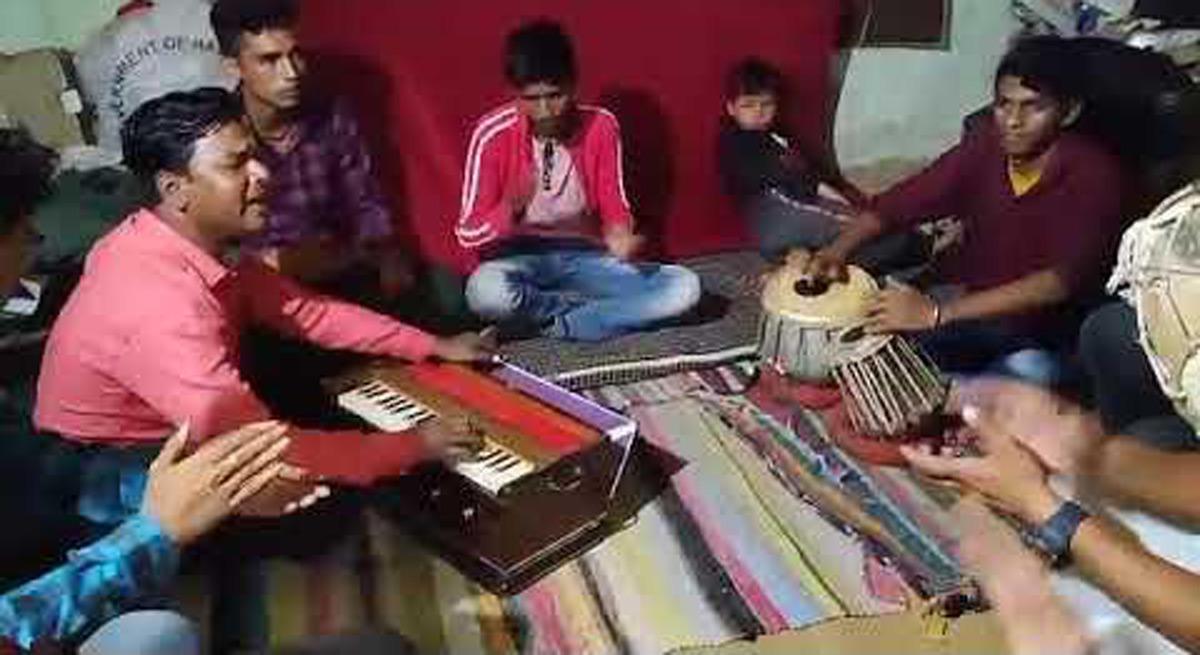Africa-Press – Mauritius. Music, a timeless companion in the journey of life, transcends age and boundaries. In the cultural tapestry of Mauritius, the traditional Gamat has played a vital role, especially during Hindu wedding ceremonies.
However, in recent times, there has been growing concern regarding the restrictions imposed on this musical tradition. This article delves into the significance of Gamat, its cultural role, and the need to preserve it as an integral part of Hindu heritage.
In the 1980s, 1990s, and early 2000s, Gamat was not merely a musical event; it was a cultural phenomenon embedded in the fabric of Hindu wedding celebrations. Held on the eve of the wedding day, Gamat served as a source of entertainment for invitees, complementing the joyous atmosphere of the occasion.
The tradition involved a musical duel, known as “l’accroche,” where two opposing singers engaged in a spirited competition, accompanied by their respective teams of musicians (Tabla and Dholak players, Ravane player, and the main singer playing the harmonium).
Gamat was not just a form of entertainment; it played a crucial role in promoting Hindu culture and knowledge. Singers, well-versed in scriptures like the Bhagavad Gita, the Ramayana, the Mahabharata, the Satyarth Prakash, and Kabir, infused spiritual and intellectual lessons into their songs.
Through Gamat, the younger generation learned about Hindu traditions, proverbs, and the cultural origins that form the backbone of their heritage. The first time I attended a Gamat was during my elder brother’s wedding.
Prior to his marriage, I had witnessed one, but being around four years old, I could recall only fragments of the event. However, during my brother’s wedding, at the age of 18, I thoroughly enjoyed the songs, especially the music and tabla rhythm.
The vibrant atmosphere, rhythmic tabla beats, and soulful melodies created an unforgettable experience that extended until the early hours of the morning. The Gamat continued until 4:00 am the following day (Sunday). Instead of complaints, there were demands for more such events.
The craze for Gamat was so strong that for subsequent weddings or Janev ceremonies at our place, we consistently hired the services of two singers for the Gamat.
When inviting people to bless the couple during the wedding, the invitees always inquired about the Gamat singers, emphasizing its importance over the main events, such as the Haldi and the wedding ceremony.
However, organizing a Gamat today presents significant challenges. Noise pollution regulations impose restrictions on musical activities after 10:00 pm, threatening the very existence of this cherished tradition.
My question, therefore, is whether Gamat, a rare event, should be deemed a disturbance, or if it should be recognized as an urgent matter requiring increased awareness and efforts towards its preservation and promotion.
I believe that we need to preserve and promote Gamat as an essential part of our cultural activities. I suggest extending the duration of Gamat competitions during wedding celebrations until at least 1:00 am, a proposition that, in my view, appears quite reasonable.
I draw parallels with the recognition of Geet Gawai by UNESCO, and we should all strive for the acknowledgment of Gamat as a culturally significant aspect of our wedding ceremonies.
The authorities may consider issuing special permits for Gamat events to prevent any abuse. I emphasize the need to stand up for the preservation of cultural traditions like Gamat, which constitute an invaluable part of Mauritius’ rich cultural heritage.
For More News And Analysis About Mauritius Follow Africa-Press







